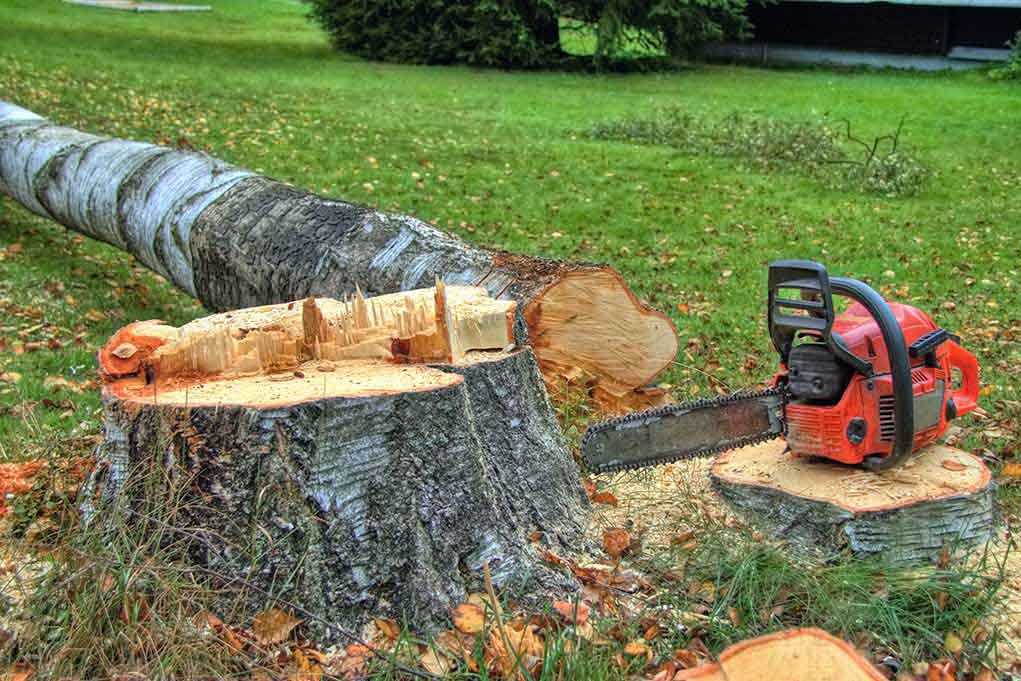
Autumn’s secret weapon isn’t sweat or endless raking—it’s a new arsenal of yard tools that can turn the dreaded fall cleanup into a task you actually look forward to.
Story Snapshot
- Yard cleanup in fall is no longer a backbreaking chore due to new ergonomic and battery-powered tools.
- Homeowners can save time and reduce physical strain by using innovative equipment like leaf blowers, sweepers, and nut gatherers.
- Brands compete on efficiency, comfort, and sustainability, reflecting consumer demand for smarter solutions.
- Environmental and social impacts include less noise, pollution, and greater accessibility for older adults.
How Modern Tools Revolutionize Fall Cleanup
September through November marks a seasonal ritual: the battle against fallen leaves. For decades, this meant grueling hours with a rake and aching muscles. Today, homeowners have an array of engineered tools that streamline every step. Leaf blowers—especially cordless models—dominate for speed, while mulchers and yard sweepers slash the drudgery and bulk. Ergonomic weeders and nut gatherers now let you tackle stubborn yard debris with your dignity and back intact. Tool innovation means fewer blisters and more reclaimed weekends.
Battery-powered equipment transforms yard work for those who value silence and sustainability. Greenworks and Worx have led the charge, debuting combo kits for 2025 with lighter weights and longer runtimes. Lawn sweepers, once an afterthought, now roll easily across grass and mulch. Nut gatherers snap up acorns and chestnuts—once a bane for lawnmower blades—making cleanup both efficient and oddly satisfying. Stand-up weeders and adjustable rakes minimize bending and strain, a boon for anyone past their wrestling prime. These tools aren’t just conveniences; they’re game changers for physical comfort and efficiency.
Stakeholders and Market Shifts: Who Benefits, Who Decides
Homeowners stand at the center of this transformation, demanding tools that combine ease, affordability, and durability. Manufacturers like Greenworks, Scotts, and Worx compete fiercely, touting innovations in battery life and ergonomic design. Retailers—online and in-store—ride the seasonal wave, pushing bundles that cater to the fall rush. But it’s not just about sales. Media outlets such as Fox News and This Old House shape buying decisions with reviews and product guides, wielding influence via affiliate links and editorial recommendations.
Landscape professionals and older adults reap particular benefits from these advancements, with easier-to-use equipment lowering barriers to effective yard maintenance. Consumer feedback and online ratings now drive product development as much as engineering departments, creating a feedback loop that rewards true innovation. Regulatory bodies watch closely, with some jurisdictions nudging the market away from gas-powered tools in favor of quieter, cleaner electric models. The power dynamics have shifted: users, not just corporations, direct the evolution of the fall cleanup industry.
The Environmental and Social Ripple Effects
Electrification and ergonomic design do more than spare your back—they reduce noise and air pollution that once plagued neighborhoods every autumn. Mulching leaves becomes standard practice, keeping organic matter on-site and out of landfills. Some experts point to the ecological benefits of leaving leaf litter for wildlife habitat, though others caution against neglect, citing risks of lawn disease. The push for battery-powered solutions raises new questions about battery disposal and sustainability, but the reduction in fossil fuel emissions is undeniable.
Social impacts ripple outward: older adults and those with limited mobility gain independence, reclaiming yard work from the domain of hired help. The economic boost for tool makers and retailers is seasonal but substantial, driving research into better batteries and multi-function devices. Politically, the shift toward electric equipment aligns with local noise ordinances and emissions regulations, signaling that yard care is more than a private concern—it’s a community matter. The market now values not just power, but comfort, quiet, and ecological stewardship.
Expert Analysis: What Works, What’s Next?
Industry experts consistently recommend investing in high-quality, ergonomic tools to minimize injury and maximize time savings. Battery-powered models are praised for their environmental benefits and ease of use, though run times and upfront costs remain sticking points for larger properties. Academic studies highlight health gains from reduced repetitive bending and lifting, while environmental researchers advocate for mulching and composting as superior alternatives to bagging leaves for landfill.
Diverse opinions persist: some authorities urge a balance between thorough cleanup and leaving nature’s blanket for overwintering insects, while others stress vigilance to prevent mold and turf disease. The consensus across reputable sources like This Old House and Greenworks is clear—modern tools are indispensable for today’s fall cleanup. The underlying trend is unmistakable: as technology advances, the burden of autumn lawn care lifts, leaving homeowners with more time, less pain, and, perhaps, a newfound appreciation for the season’s annual shedding.
Sources:
Greenworks: 9 Must-Have Tools for Cleaning Up Your Yard This Fall
This Old House: 10 Best Tools for Fall Cleanup (2025)
Fox News: The secret to a clean yard this fall? These 9 yard tools
Acme Tools Blog: Top 10 Essential Fall Cleanup Tools















